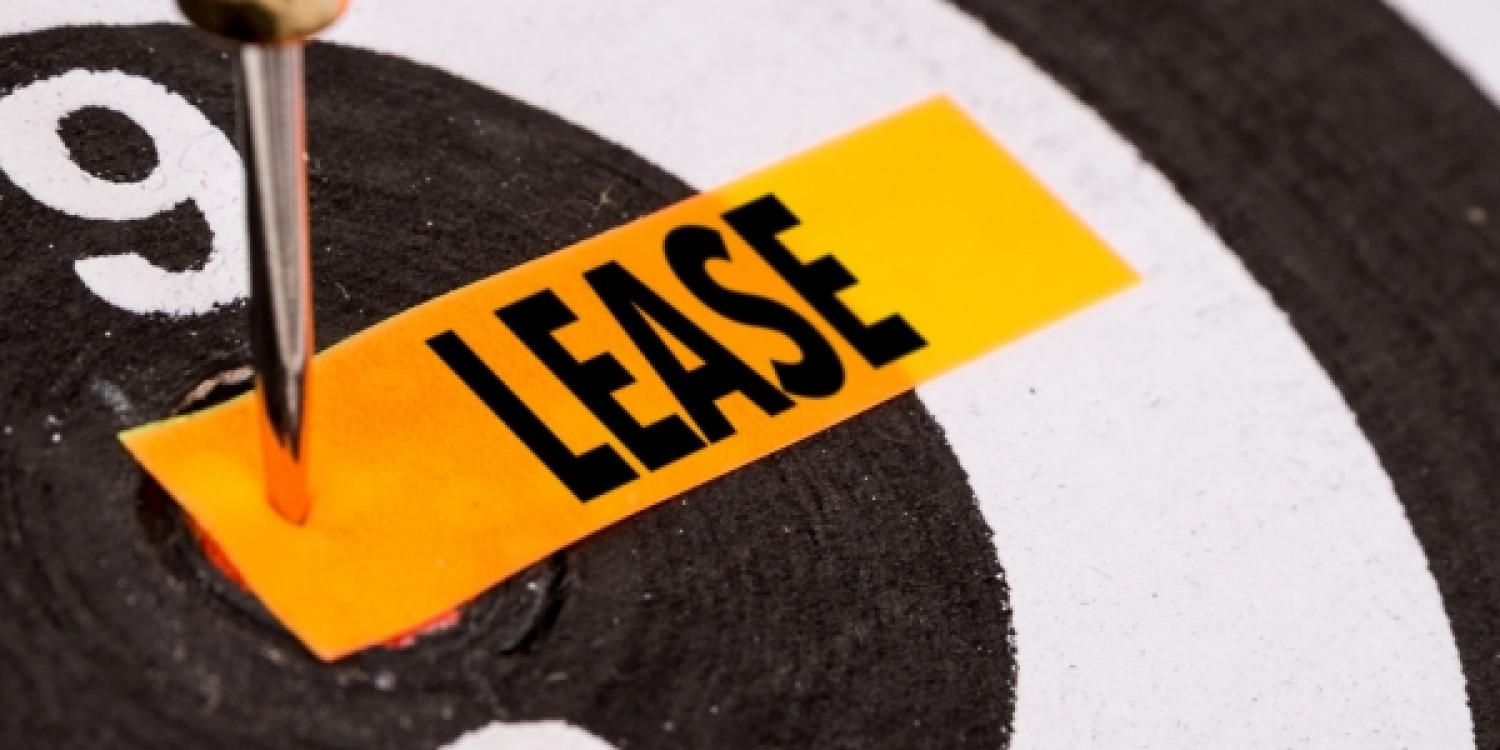Renting and leasing

Information
Renting and leasing means that you can use a product without owning it. This can be favourable, for example if you only need a certain tool once, or if it is a complex tool that needs a lot of maintenance, it is most likely a lot cheaper to rent or lease it than to buy it. By not buying an additional piece of equipment, this in turn spares the environment.
Renting is often simpler because it is a one-off action, whereas leasing is subscription based. Leasing can have additional benefits for SMEs as the price often includes more than just the use of the product. It can involve aspects like maintenance, support and insurance for the equipment.
Leasing as an alternative to owning/buying can also have tax benefits, requires less upfront cash, and offers predictable expense streams and up- or downscaling potential, so you always use exactly what you need. The downside of leasing is that it means you are committed to the lease and its financial terms for some time into the future.
Renting and leasing can be good for the environment, too. The environmental impact of products can be classified into two broad groups:
- Products that have a higher environmental impact when they are made or disposed of compared to their useful lifetime. Examples are furniture and ICT products.
- Products with a higher environmental impact during their useful lifetime. Examples are cars and printers.
From an environmental perspective, products from the first category need to be used as long as possible, while those from the second category need to be replaced by less polluting products as soon as possible.
Renting is focused on short-term use and is suited to a wide range of companies/people and means they do not need to buy the product individually. It is in the interest of renting companies to use more durable products/equipment and consider the full product life cycle including the second-hand market and recycling parts. This is also good news for the environment. ICT products are a great example, as the lifetime of these products is often shortened by performance rather than durability.
Three examples where leasing makes good sense:
- Furniture/office fittings, which makes scaling up and down easier, faster and cheaper
- ICT and printers, which introduces energy efficient equipment faster and cuts upgrade costs ('off-lease' buying is a cheap option too)
- Vehicles, which makes upgrading to energy efficient models easier